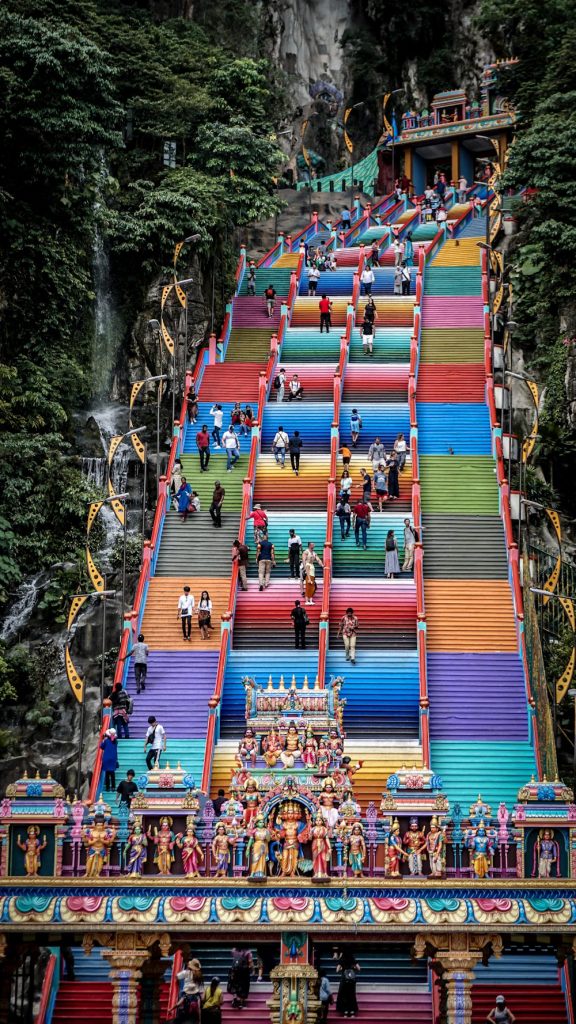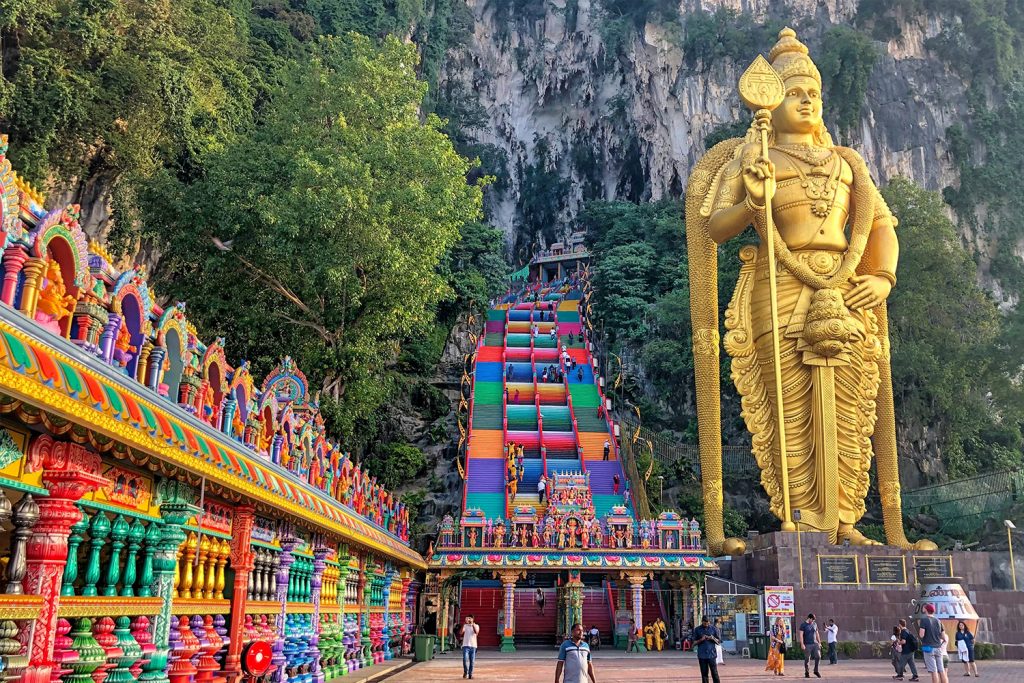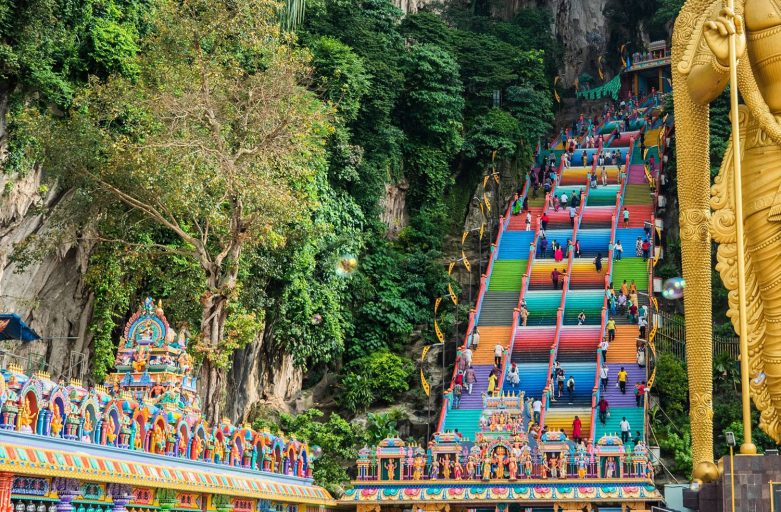The Batu Caves Hindu Temple Management has unveiled ambitious plans to construct an escalator, set to break records as the longest in Southeast Asia. This innovative addition aims to provide an alternative to the 272 steps leading to the Sri Subramaniar cave temple.
The proposed escalator is poised to rank among the longest in Asia, trailing only the Central Mid-Level escalator in Hong Kong (800m) and the Huangguan escalator in Chongqing, China (112m). This landmark announcement was made by Tan Sri R. Nadarajah, the chairman of the Batu Caves temple committee, yesterday.

The temple committee envisions the escalator as a convenience for devotees and visitors, complementing the construction of a new multi-purpose hall. While the estimated cost for the hall stands at RM35 million, the precise cost for the escalator was not disclosed.
However, an industry insider, choosing to remain anonymous, noted that constructing such a substantial, heavy-duty, and outdoor escalator could entail significant expenses depending on its length and width. The insider emphasized that with the substantial daily footfall at the temple, maintenance costs could be notably high, potentially making it the most expensive and longest escalator in Southeast Asia.
“The inner temple in Batu Caves has an elevation of almost 100m from ground level. If the escalator extends along the full terrain of the hill, alongside the 272 steps and into the inner grounds of the temple, it would easily claim the title of the longest in Southeast Asia and one of the longest in Asia,” remarked the insider.
Apart from its functional role, the proposed escalator is anticipated to become an attraction in its own right, drawing increased visitors and devotees to the temple.

Batu Caves, situated under a limestone hill in the Gombak district, approximately 15km north of Kuala Lumpur, holds historical and cultural significance. Originally discovered in the nineteenth century by Indian trader Thambusami, it underwent reconstruction in the twentieth century, emerging as a prominent Hindu religious center in Malaysia.
Known for its intricate sculptures, Batu Caves attracts around 5,000 visitors daily, despite the current climb of 272 steps. The temple boasts the world’s tallest statue of Murugan, standing at an imposing height of 42.7 meters, erected in 2006 as the largest statue globally dedicated to the gods.

